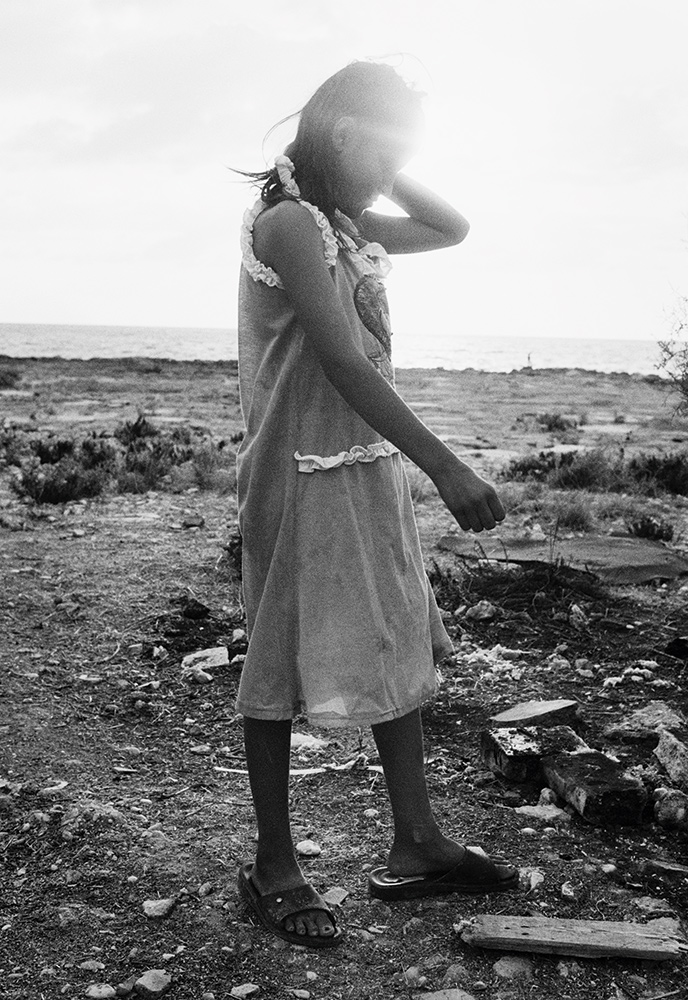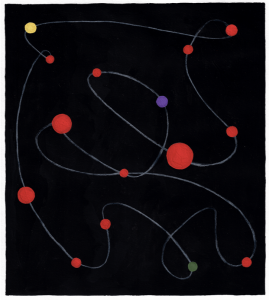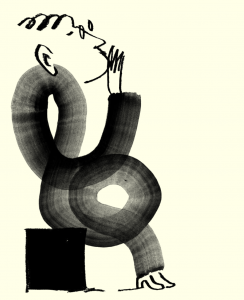Attempting to capture the plight of Syrian refugees, photographer Giles Duley visits a camp in Lebanon to illuminate the complex stories of its inhabitants

In my work as a photographer I’ve documented many refugees’ stories: in Bangladesh, South Sudan, Angola and Afghanistan to name just a few. But the Syrian refugee crisis was the first I’ve witnessed from its beginning. Over the past four years I’ve spent much of my time in Lebanon, Iraq and Jordan, or following the refugee trail across Europe. While I can never truly understand, those years have given me some insight.
My work doesn’t focus on the dramatic, the scenes of mass exodus or panoramas of camps. Instead my work focuses on the mundane, the daily: documenting families and their journey. Many of these families I have revisited over the years, and it is through their experiences I try and tell the story.
One of the hardest things has been to watch the children of those families grow, as hopes of peace and returning to Syria fade. To bear witness to a whole generation stuck in limbo, often uneducated, highly vulnerable, bored, listless and increasingly without hope. Children left maimed by the war, disabled children unable to access basic medical care, psychological scars manifested in eating disorders: just some of the stories I’ve tried to tell.
Children like Khawla, a Syrian refugee living in Lebanon who I first met in 2014. At the time she was 12 years old and lived in a small makeshift camp by the sea, a few miles from Tripoli. She lived with her sister, six brothers and mother. Her father was missing in Syria. The camp was on wasteland by a cement factory, the air thick with its dust. There was little protection from the elements, the children got sores from insect bites and everyday there was the threat of eviction. There were no schools for the children, no jobs, the hospitals and doctors too expensive. The United Nations High Commissioner for Refugees provided Khawla’s family with food coupons, but there was no support for accommodation or shelter provided. The tent Khawla lived in was made from blue tarpaulin, torn down movie posters and salvaged wooden posts. It neither protected them from the heat or sheltered them from the cold.
Her family had fled their home in Idlib, Syria after three years of living in the midst of a brutal civil war. With no end to the war in sight and with living conditions becoming impossible, they took refuge in the relative safety of Lebanon. There though, they had nothing. Without a father her family was particularly vulnerable.
For a while her mother and sister worked in a salt factory; like many refugees they were taken advantage of, paid far below the normal rate. While they worked, Khawla looked after the tent and two of her brothers, both of whom are disabled. Then one day there was an accident, the tent burned down and what few possessions they had were lost.
For Khawla this was the end; she could take no more. She swallowed rat poison in a suicide attempt and told her sister that she had done it to help the family – one less mouth to feed.
Khawla didn’t die. Her sister told her mother and they managed to get her to hospital. She spent 13 days in intensive care, pushing the family further into debt.
How do you photograph a story like that? How do you do justice to Khawla without exploiting her vulnerability? For weeks I visited her family and the camp, without finding the photograph. If it doesn’t feel right, I’d rather not even get my camera out of the bag. Yet her story had to be told, for she is not alone. Increasingly there are stories of young Syrian refugees feeling suicide is their only option.
Finally, though, the photograph did come to me. We were sitting outside chatting, when Khawla walked by, the setting sun behind her. In that moment I saw the image. The glare of the light would come close to fogging my film, leaving her silhouette almost ghostlike, the image reflecting her own frailty. It’s as if she is about to fade away.
In May 2016, two years after first meeting them, I revisited the family. Things have changed little, if anything they have grown worse. Khawla, who is so quick to learn, doesn’t attend school. She has a nervous smile that lights up a room, yet still talks daily of suicide and a desire to end the suffering. The family is struggling to survive with no breadwinner and the two disabled boys needing extra support. Since her suicide attempt Khawla has had no counselling or psychological intervention.
But she is not alone, in the region there is a whole generation of children suffering like Khawla. According to a Unicef report, an estimated 3.7 million Syrian children (one in three of all Syrian children) have been born since the conflict began five years ago, their lives shaped by violence, fear and displacement. In total, Unicef estimates that some 8.4 million children (more than 80 per cent of Syria’s child population) are now affected by the conflict, either inside Syria or as refugees in neighbouring countries such as Lebanon.
Syria’s next generation is growing up uneducated, marginalised and brutalised; they are vulnerable, exploited and often without hope. Who is to blame? What can be done? Ask any Non-Governmental Organisation (NGO) and of course they will say the solution is peace in Syria. But as more regional and world powers become involved, that seems unlikely any time soon.
The reality for now is that the world has to find ways to help the children in Syria, in the camps in neighbouring countries and those who’ve resettled in Europe. There are amazing projects being run, individuals dedicating their lives to help and NGOs providing support – but it is not enough until every Syrian child has access to education and a safe environment. It is, after all, this generation that will be expected to rebuild their shattered country. They are the hope for the future in the region and they cannot be abandoned.
Giles is a photojournalist and triple amputee whose recent work has focused on the impact of conflict on civilians. He was awarded a fellowship from the Royal Photographic Society in 2013, and has won several awards at the Prix de la Photographie Paris: P×3. He is currently photographing the long-term effects of conflict on communities around the world for a five-year project called Legacy of War.
Photography Giles Duley
This article is taken from PORT issue 19, out now.




